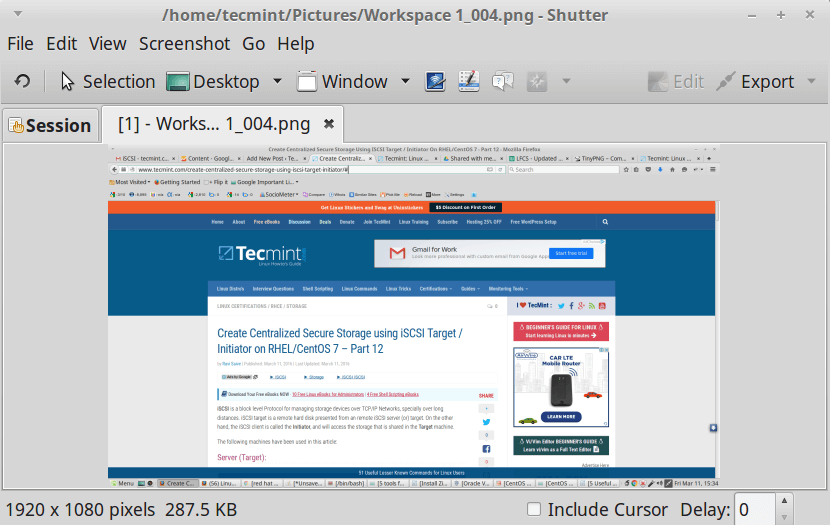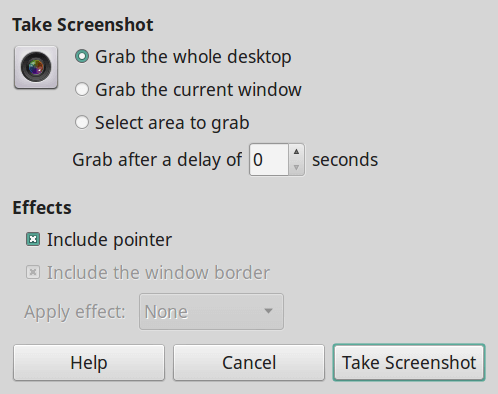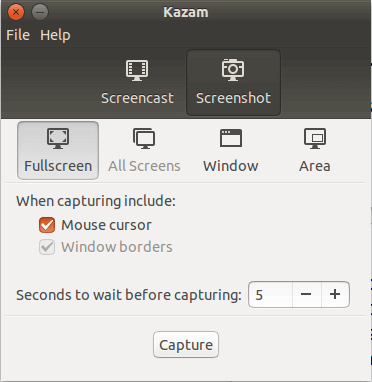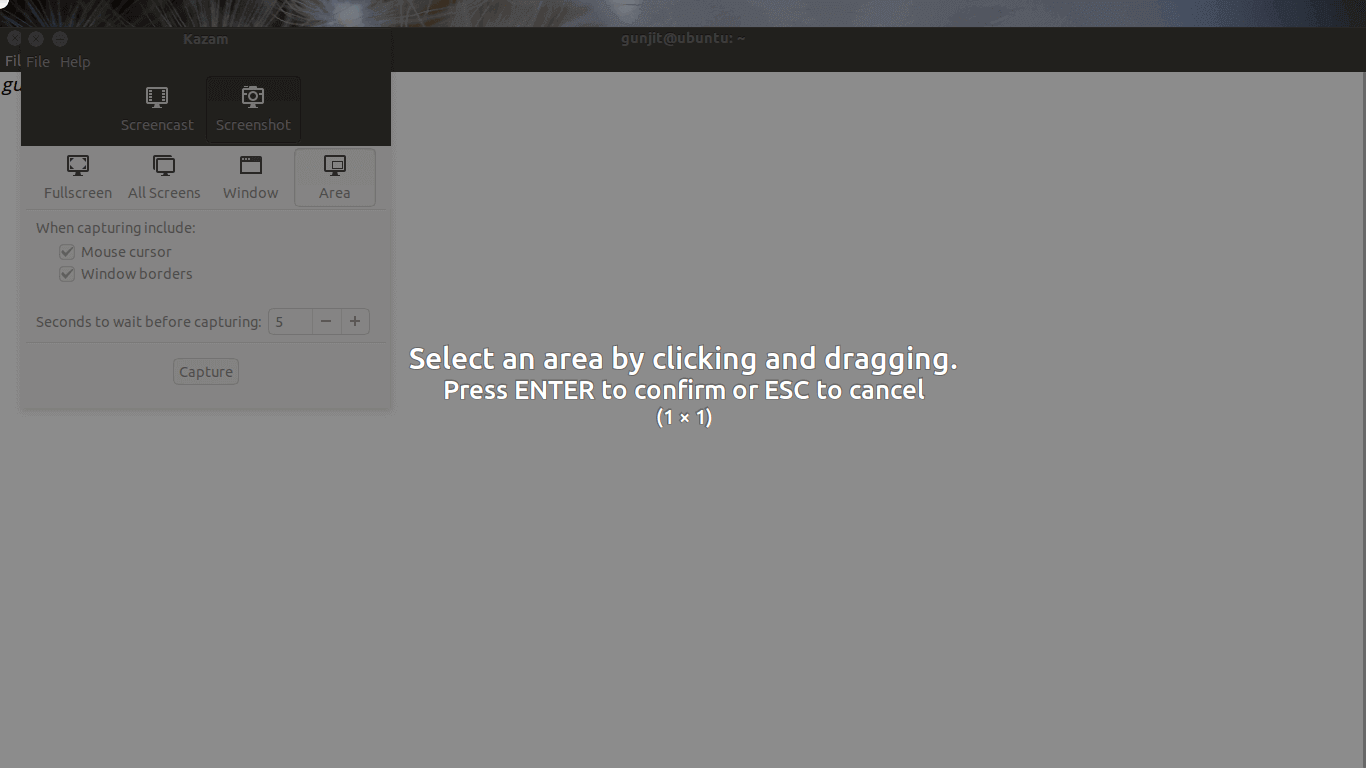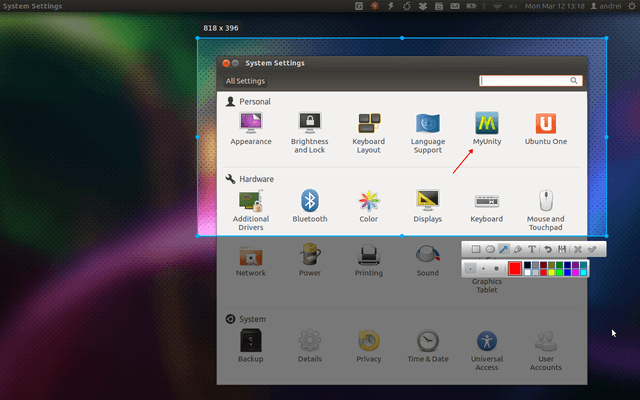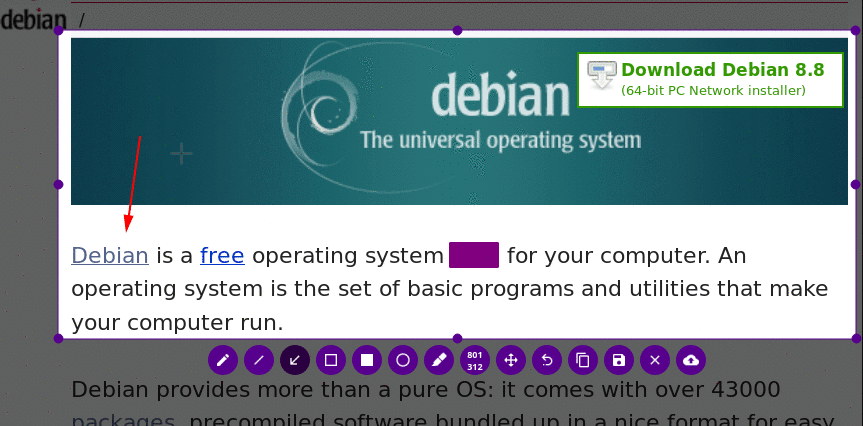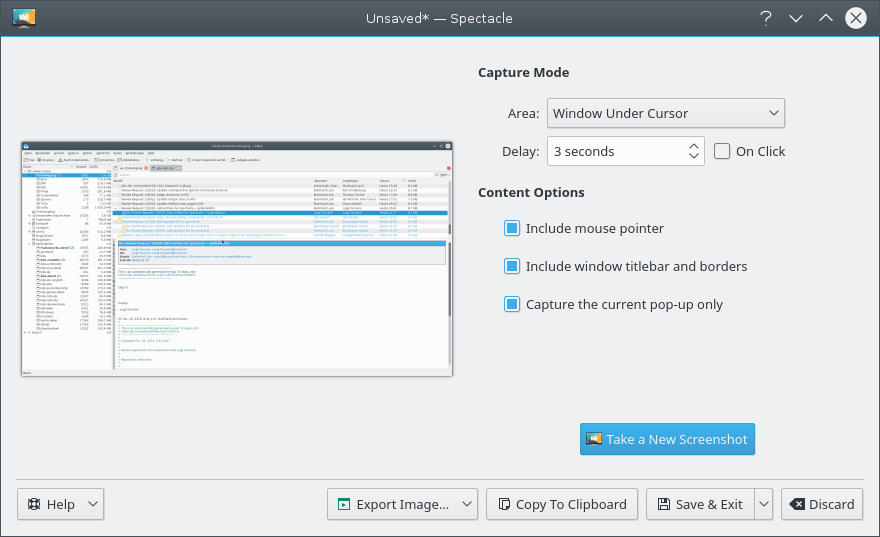Most of times we need to take screenshot of whole screen or some part of window on screen. While on Android or iOS, you can do this even with the click of a button, here on Linux we have special tools which ease taking screenshot, providing flexibility whether of whole screen or some part of screen.
Some of these tools are not only meant to take screenshot, but also to modify the picture, adjusting the borders, depth, color and a lot more while capturing screen of a particular application or a whole window.
There are a lot of open source tools in the market for this purpose and are easily available on Ubuntu Linux system, we will be focusing on few of them which are both popular and flexible when it comes to features they provide.
1. Shutter
One of the powerful screenshot tool, which not only allow you to take screenshot, of any part of screen, but also allows you to edit the captured image, adding text, hiding private content by pixelating, upload an image to a hosting site and much more. It is written in Perl and available as an open source tool under GNU GPLv3 license.
You can easily install shutter on Ubuntu or Linux Mint with the help of apt-get command as shown:
To create a screenshot through shutter, either open a new session by launching the shutter app, or just select the window to capture from the shutter icon in notification bar.
2. Imagemagick
One of the powerful, and open-source tool for editing, converting and displaying image files in more than 200 image formats. It includes, along with taking screenshots of selected portion of the screen, a rich set of commands for editing and transformation of images.
Apart from command line, imagemagick also includes a native X-window GUI for Unix-like systems which helps make rendering of images easy. Licensed under Apache 2.0 License, Imagemagick provides a number of bindings for various languages like: PerlMagick (Perl), Magickcore (C ), Magick++ (C++) to name a few.
Using imagemagick, you can take screenshot in following ways:
1. Using import Command to Take Desktop Screenshot
This command takes the screenshot of whole screen with all the currently actively windows.
2. Using import Command to Take Selected Area of Screen
Running this command converts mouse pointer into a crosshair cursor which can be used for selecting any area of screen and take screenshot of that part.
3. Gnome Screenshot
Another tool for taking screenshot is gnome-screenshot, is the default tool which comes along with Ubuntu on gnome desktop environment. Initially it was the part of gnome utils package, but later on it was separated into its own independent package from version 3.3.1.
Like above tools, it is also that powerful to take screenshot of either whole screen or part of screen as needed.
Following are the ways to take screenshot using gnome-screenshot:
1. Using shortcut keys shift+printscreen(PrtScr)
One way of taking screenshot is to use the shortcut
Shift+PrtScr which changes the mouse pointer into crosshair cursor, using which you can select the part of screen whose screenshot is to be taken.2. Using gnome-screenshot GUI
Using GUI also you can take screenshot. For this just open the GUI and select one of the following options:- Select an area to grab, Grab the whole screen or Grab the current window. Accordingly you can achieve any of the requirement.
4. Kazam
Kazam is a multi-functional tool which can be used for both video recording and taking screenshots. Like Gnome screenshot, it also has GUI which provides list of options, whether to do screencasting, or take screenshot and even in that, whether for whole area or a part of it.
It was the first secreencaster with on the fly encoding and screenshot feature. Also, it has a silent mode where, it starts without GUI.
Ways to take screenshot using kazam:
1. Using the Kazam GUI to Take Screeshot
GUI mode allows you to take screenshot with the click of a button. Just select any one of the four options there i.e. Fullscreen, All Screens, Window, Area and select capture. For area selection, it will allow you to select the specific area and press Enter to capture.
5. Gimp
Gimp is a free and open source image editor which can be used for image manipulation, editing, resizing, retouching etc. It is written in C, GTK+ and distributed under GPLv3 license. It is highly extensible and expandable and implemented with the use of scripting interface.
Apart from being an image editing program, Gimp has ability to take screenshot of complete or half area and then edit the image accordingly adding effects to it.
When you’ll open the Gimp GUI, go to File -> Create Screenshot and this menu will appear and you can select the option you want, whether to take screenshot of whole or part of screen.
After this, the snap of image created will be available on the GUI for editing, where you can edit the image, apply effects and so on.
6. Deepin Scrot
Deepin Scrot is a lightweight screen capture application used in Linux Deepin OS, that allows you to add text, arrows, line and drawing onto the screenshot. It is much powerful than default Gnome tool and much lighter than Shutter.
Deepin Scrot Features
- Full screen capture (PrintScreen)
- Capture screenshot of window under cursor (Alt+PrintScreen)
- Rectangular Region and Freehand Region (Ctrl+Alt+A)
- Delay capture of Full Screen (Ctrl+PrintScreen)
- Take screenshot of a selected area
- Draw rectangle, elipse, arrow, line or text to screenshot
- Save screenshot to file or clipboard
7. ScreenCloud
ScreenCloud a free, open source, simple, easy to use and cross-platform tool for taking and sharing screenshots. It works on Linux, Windows and Mac OS X.
ScreenCloud Features:
- Supports easy sharing.
- Allows you to save or upload screenshots.
- Supports addition of an FTP server.
- Comes with a system tray for quick access and more.
8. Flameshot
Flameshot is a free, open source, simple yet powerful application for taking screenshots. It supports keyboard shortcuts and it’s fully configurable via GUI or the command-line.
Flameshot Features:
- Ity’s easy to use and comes with fully customizable user interface.
- Comes with a DBus interface.
- Supports in-app screenshot edition.
- Allows you to upload screenshots to Imgur.
- Supports a system tray and more.
9. Lookit
Lookit is also a free open source, straightforward tool for quickly taking and uploading screenshots on Ubuntu.
Lookit Features:
- Supports right-clicking on the dock icon to take a screenshot.
- Allows you to capture a selected area on your screen, entire screen, or active window.
- Allows quickly uploading screenshots to an FTP/SSH server, or shared on Imgur and more.
10. Spectacle
Spectacle is a another easy to use tool for taking desktop screenshots. It can capture whole desktop, a single monitor, the currently active window, the window currently under the mouse, or a rectangular portion of the screen.
Spectacle Features:
- Launch in GUI mode (default)
- Capture a screenshot and exit without showing the GUI
- Start in DBus-Activation mode
- Save image to given file format in background mode
- Wait for a click before taking screenshot
Conclusion
Here we listed few easily available and feature-rich tools for taking Screenshot capture on Ubuntu Linux System. There may be many more which some of you might prefer. If you have any other tool on your list, do share it with us in your comments.
